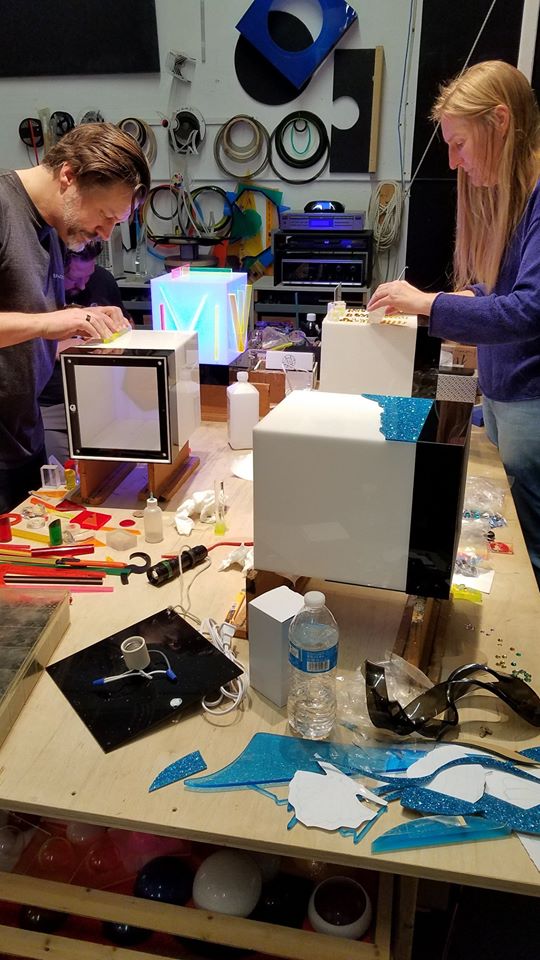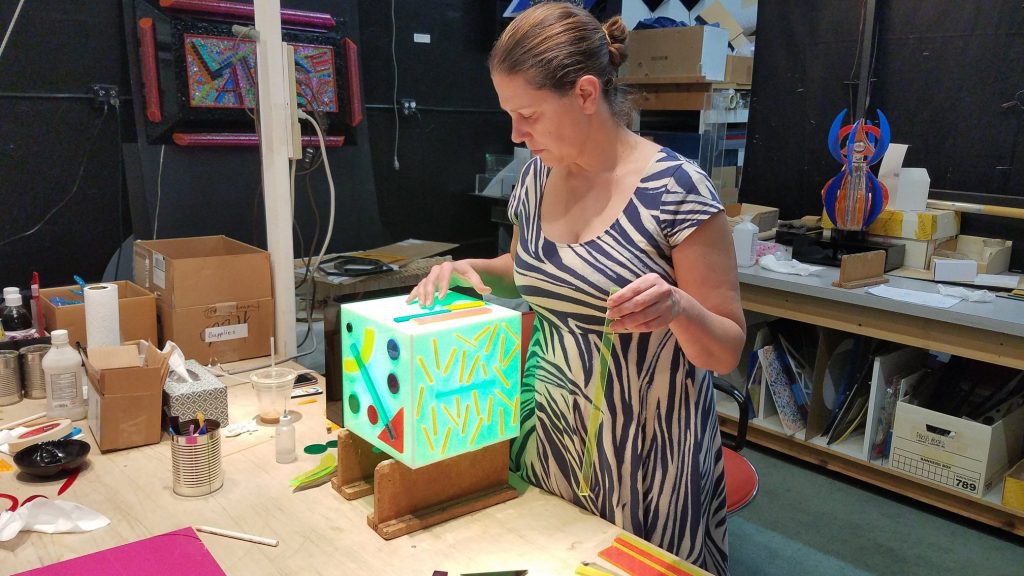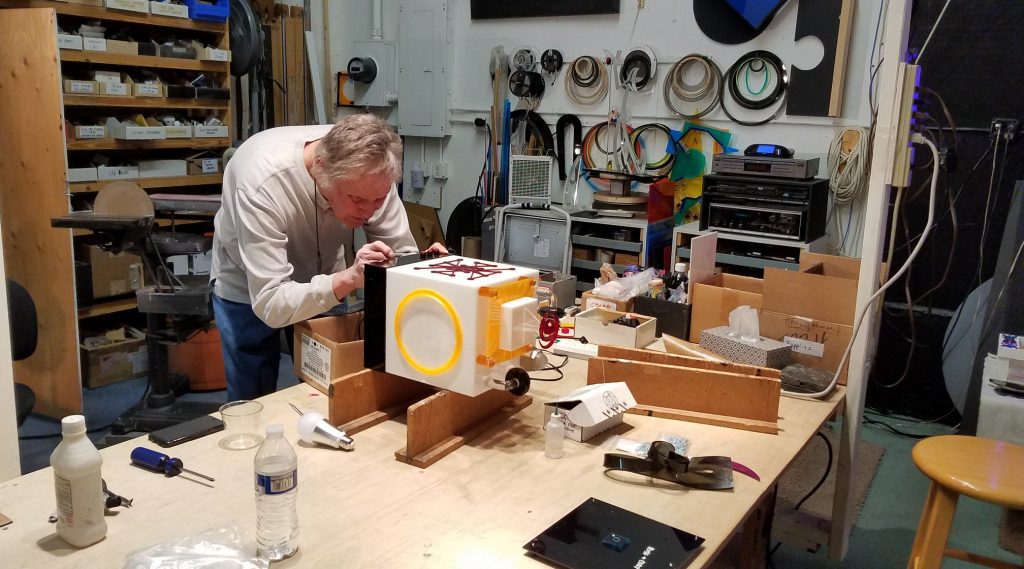A recent Washington Post article by Lisa Bonos, “They built the digital world. Now they just want to sew and make chairs,” focuses on new workshops that teach people how to work with their hands, and how gratifying the process is. Many attending are technology workers who sit in front of computer screens all day. Some companies set up classes to team-build.
Excerpts:
“Working slowly and deliberately can be difficult for people who are trained to focus on speed and efficiency.”
“The maker movement, where people use do-it-yourself techniques to construct things, has been flourishing in the Bay Area for about a decade. In the pandemic, some tech workers rekindled their Lego obsessions. Glass-blowing, welding, pottery-making and other art forms have also taken off.”
“It’s tremendously grounding, and it’s meditative…”
“had this deep sense of accomplishment, and it was so incredibly satisfying…”
“I like learning how to be competent at something. At the end of it — look, I have this thing,”
“You’re tapping into a history of human craftsmanship that’s been around for the entire existence of our species.”
“As people spend less time commuting, they have more time for hobbies, and more of a need for connection.”
“Has a certain rejuvenating power for desk workers who spend most of their day staring at electronic devices.”
https://www.washingtonpost.com/technology/2023/05/27/tech-workers-new-hobby-woodworking-sewing/
This kind of gratification is what Dorothy Tanner had in mind when she founded the Lumonics School of Light Art in 2018, shortly after she received the Denver Mayor’s award for Innovation in the Arts, and two years before she passed. A student makes a cube, electrifies it with an LED bulb, and then “artifies” it.
examples of completed cubes

“The Lumonics School of Light Art, the educational wing of light-art genius Dorothy Tanner’s Lumonics Studio”
Denver Westword
“Any human anywhere will blossom in a hundred unexpected talents and capacities simply by being given the opportunity to do so.”
—Doris Lessing, novelist and Nobel Prize recipient

Kelley and Keely working on their cubes

Mia and her cube

Foster and his cube

